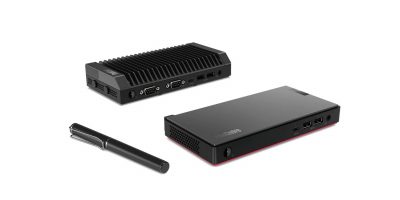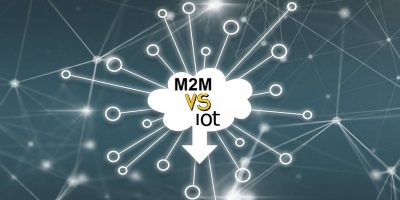
IoT is bringing a deluge of data to our daily lives due to large quantities of information generated from devices, sensors, and APIs. If you’ve recently started using consumer IoT devices, you may already have had a first encounter with some of these IoT terms.
You may recall now that back when you first started surfing the Web, it was important to know the meaning of units like “kilobytes,” “megabytes,” “bandwidth,” “IP address,” and so forth. In a similar manner, IoT is acquiring its own specialized vocabulary for data readings (assuming you already have a knowledge of all the Internet units).
What follows is a handy list of IoT terms you will encounter in the smart device applications where they are used. Knowing these terms will definitely help you become more IoT savvy.
1. Wake words
“Ok, Google,” “Hello Siri,” “Hi Alexa” are no longer just prerecorded spoken requests. They have now evolved into a new category of speech processing called “keyword spotting.”
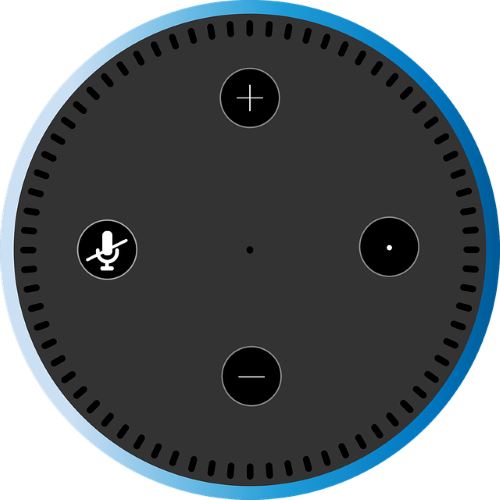
Spoken from a distance, wake words are really about detecting words at an IoT chip level. As AI engines and processors continue to improve in detection abilities, the focus is on some related terms such as:
Recognition rate (RR): The percentage of wake up words that are correctly recognized thanks to neural algorithm technologies such as DeepMind. The industry standard acceptance is 99.5% at the moment, and the target is set to go higher.
False positives: Wake words should have a very low error rate.
For example, you can use a sentence like: “I just discovered a fantastic new wake word at Alexa skills. It has been tested to have 99.99% RR for almost any user. How does your wake word perform?” OR “Your wake word doesn’t make sense. It has high false positives.”
Where they are used: Amazon Echo, Dot and Google Home speakers.
2. Response time
In the current IoT environment, human-machine interactions are governed by sensors. Whether you want to identify sounds, detect the presence of objects, sense the pressure and force applied, or measure heart rate or pulse, all of them are expressible in terms of the fastest time to receive the output, also known as response time.
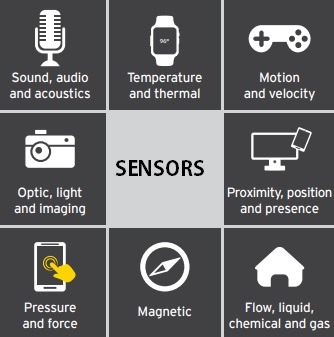
Response time can be expressed in tenths of a second, milliseconds or even microseconds. Some industrial units such as steam heating or radiant floor heating may have response time in hours.
Another related unit is data latency which is expressed in milliseconds. For example, 5G latency is only 50 milliseconds.
Where it is used: Sensor-based devices, smart cars, smart meters, thermostats
3. IoT Hardware Units
If you’re dealing with Raspberry Pi, Arduino or other hardware devices, the following units will be of interest to you.
GPIO: stands for General Purpose Input/Output. These refer to input or output pins connected to the device and are generally expressed in two states: HIGH and LOW.
PWM: they also support Pulse Width Modulations (PWM), which indicate a continuous gradient controlling of the brightness or dimness of smart bulbs.
I2C: stands for Inter-Integrated Circuit or “I square C.” It is a serial bus providing communication between the sensors and microcontrollers like Arduino. I2C has diverse uses from voltage regulation in consumer appliances to clock control.
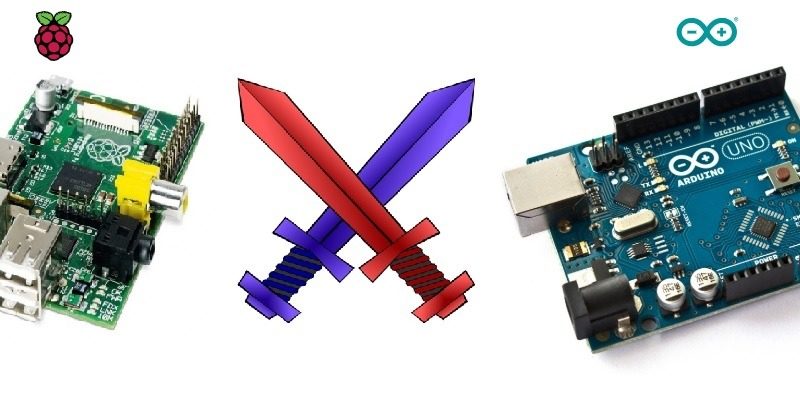
You can learn more about the IoT hardware terms by searching for Raspberry Pi and Arduino on this site.
Where they are used: IoT hardware
4. Over-the-air (OTA) Updates
If your smart device has Over-the-air (OTA) updates, then you can access a range of services as soon as your device is on. You can activate your user accounts with Amazon or Google Assistant, have bugs fixed through firmware updates, and more.
For example, you can use a sentence like: “My IoT device supports edge-to-cloud OTA, so I don’t have to worry about response time.”
Where they are used: Almost all IoT devices
5. Sensor Node Density
The spatial distribution of various sensors in a machine or a given area is of interest in Industrial IoT applications. It is usually measured in nodes per cubic inches/feet/meters.
For example, with LoRa sensor architecture used in LoRaWAN, the number of sensors can be as high as 20 sensor nodes per cubic meter.
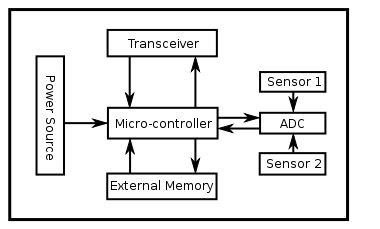
Another related unit is devices per sq. kilometer/sq. mile. For example, 5G can support up to a million devices per square kilometer, whereas 4G can support only 100,000 devices per sq. kilometer.
Conclusion
As IoT continues to acquire more specialized vocabulary and as more IoT terms creep into our vocabulary, we can expect the evolution of a new language for daily use.
Which specific IoT terms did you find so far to read your device data? Please let us know in the comments.
Get the best of IoT Tech Trends delivered right to your inbox!



